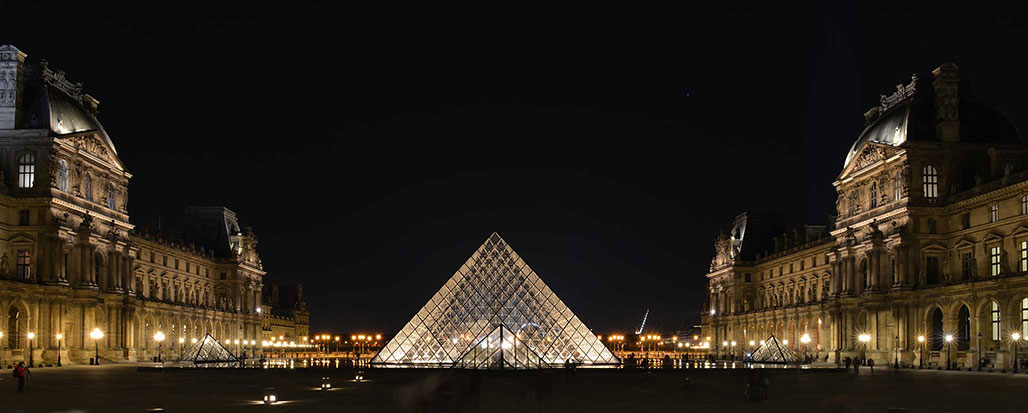Last week, sunset was at 6:00 PM. Today, it was closer to 5:00 PM. Too bad we couldn’t just fall back 30 minutes. A 5:30 PM sunset would be perfect. By the time I was able to set-up this evening, the sun was well below the horizon. However, the moon was just rising, so I headed for the closest body of water hoping for some reflections.
To the naked eye, the details of the moon and the surrounding landscape are clear. But, if you expose for the moon, the landscape will be black. And, if you expose for the landscape, the moon will be blown out with no recoverable details. Even with a graduated filter, I couldn’t expose both properly in one shot.
The solution is to take two photos: one exposing for the moon and one for the background. Before, I had always attempted to use HDR software to automatically blend the multiple exposures, but I never received any promising results. Today, it suddenly dawned on me to blend the two photos manually. In the bottom layer, I have the photo exposed for the background. In the top layer, I have the photo exposed for the moon. I delete the blown out moon (with a content aware fill) from the bottom layer, which leaves me with a background with no moon. In the top layer, I set the blend mode to screen so that the moon and landscape are both properly exposed.

Nikon D800, AF-S Nikkor 24mm f/1.4G ED, ISO 100, f/8, 6.0s
